Paris is a place full of creativity that over the centuries has demonstrated its beauty and potential. In this reality, we find many artistic spaces able to highlight brands, designers and artists: it is the case for example of 3RdEye showroom, a concept showroom that works with designers whose philosophy is based on innovation and creativity.
Open to both the European and Asian markets, 3RdEye Showroom embodies many different synergies in a single space; in this “atelier of inspirations,” we had the opportunity to meet Simone Botte, a designer from the Cesena, Italy who launched Simon Cracker in 2010.
During the Paris Fashion Week, we talked about his latest collection inspired by the places where he grew up, the actual situation of the fashion industry and on what creativity represents for him, without forgetting his origins and the importance of the values handed down in his family that, unlike trends, are immortal.

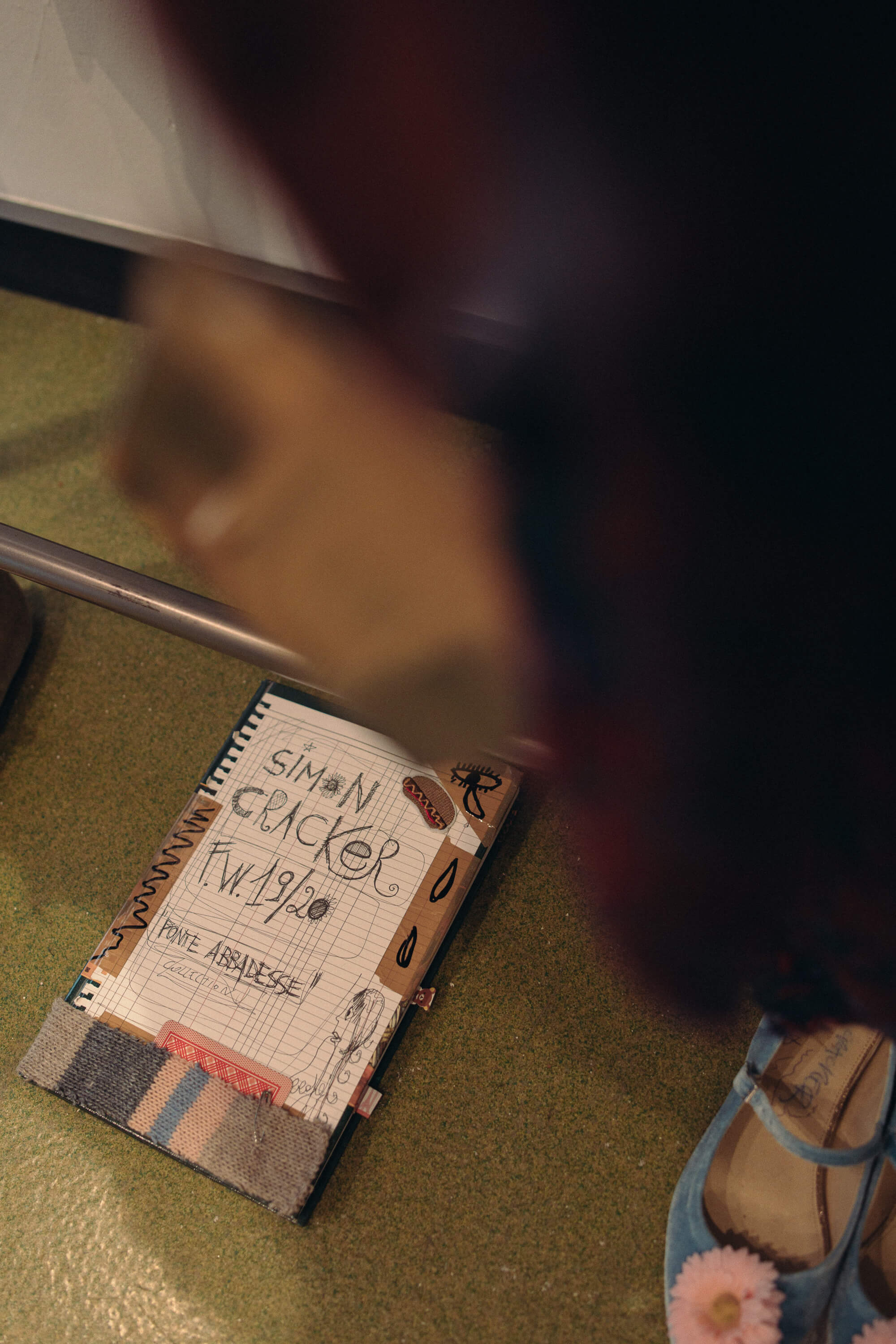

How did your passion for design begin and when did you come up with the idea of Simon Cracker?
_____
The passion for design flourished when I was a child because I used to go to a seamstress’ house that made wedding dresses. I was not interested in her work but I was fascinated by the fact that everything began from just a piece of textile. Then I studied and did an internship as a graphic and I didn’t like it at all. (laughs)
I started to work as a textile graphic for a famous fashion company and I used to do both textile design and colors graphic, and I was passionate about the sketches, the collections, and the prototypes. I started with some small accessories made with materials taken from hardware or bankruptcies.
At first, these materials were regarded as unusual ones, it was a different time though, we are talking about 2006. I did not create accessories to sell them but just to make them: then people started to notice them because I would give them to my friends and some stores kept them in stock. Finally, I started my own line. In 2010, after coming back from London where I had also collaborated with the Central Saint Martins school, I said, “Now we have to do things in the right way and I shall set a goal to understand what needs to be done,” and that’s how Simon Cracker was born.

“I was fascinated by the fact that everything began from just a piece of textile.”
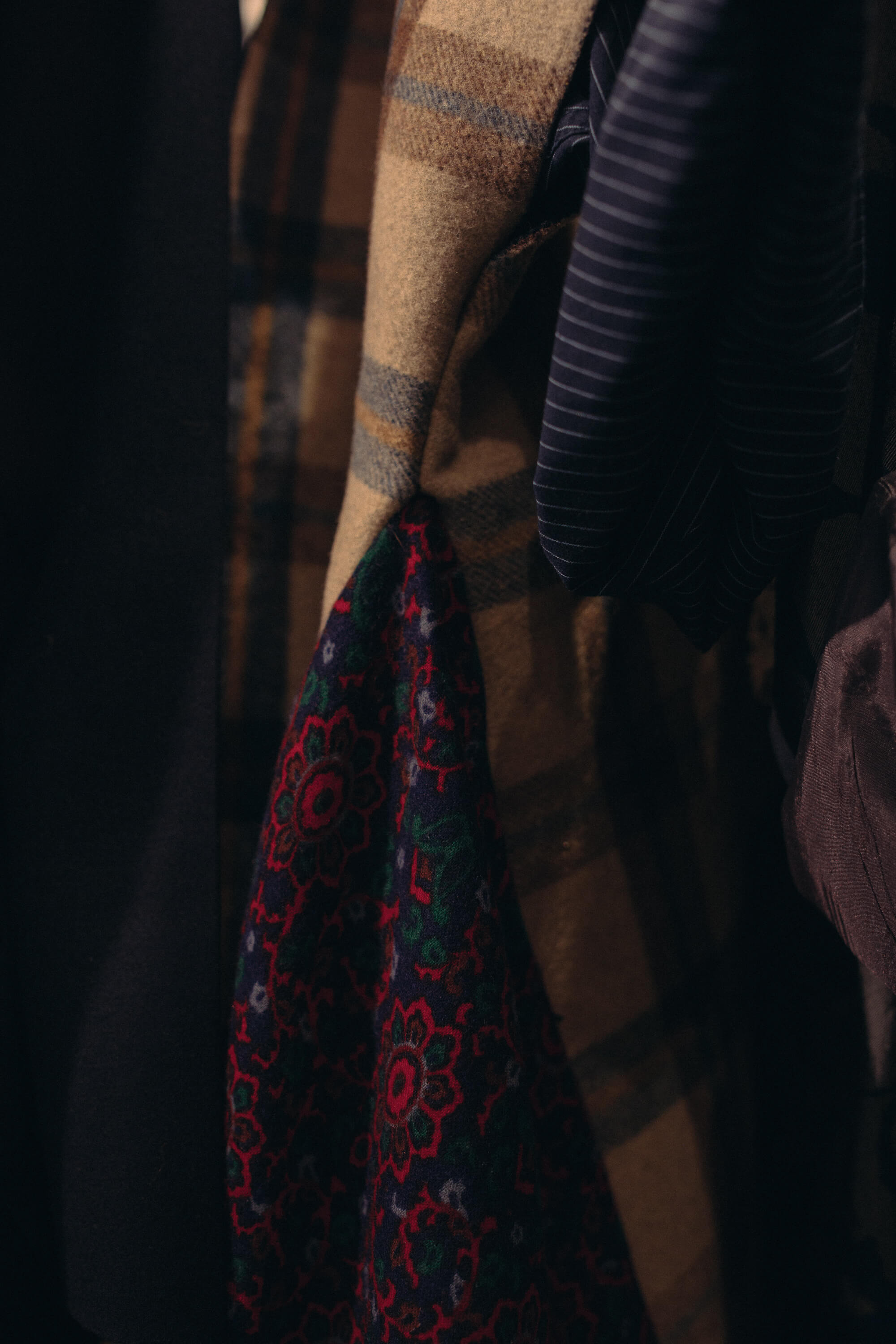

We read that you follow every aspect of your fashion shows, even the music, and the videos…
_____
Because I seldom find music or tracks that represent what I want. For me the imagination is beyond, I feel I have to express myself through clothes. My grandfather and my mom paint, I felt instead I had to do this, I do not have that creative “vomit” that they have because I want to see my things moving, I do not color a canvas and simply leave it there, I want it to be felt.
I love when people interpret clothes, even when I see the editorials with a totally different mood I go crazy because creativity never stops. I do not consider my creations trendy, I do not follow the guidelines of the moment but what comes from inside, also because I hate fast fashion.
Your style could be described as “Artistic streetwear:” how would you explain this combination?
_____
Everyone has attributed the streetwear style to me and I feel it’s true also because I am very attached to the street, which is where most of my inspiration comes from. I am very interested in people: years ago for example, for a resort collection, I would look at this lady who I always saw in the same spot, near the station of Garibaldi, and I would imagine great stories about her to later include in my collection; she could have been a religious person rather than a woman from the East. I got inspired by this muse, it’s this kind of mystery that puts my imagination in motion. Then I always leave the unknown in what I do because it amuses me so much.

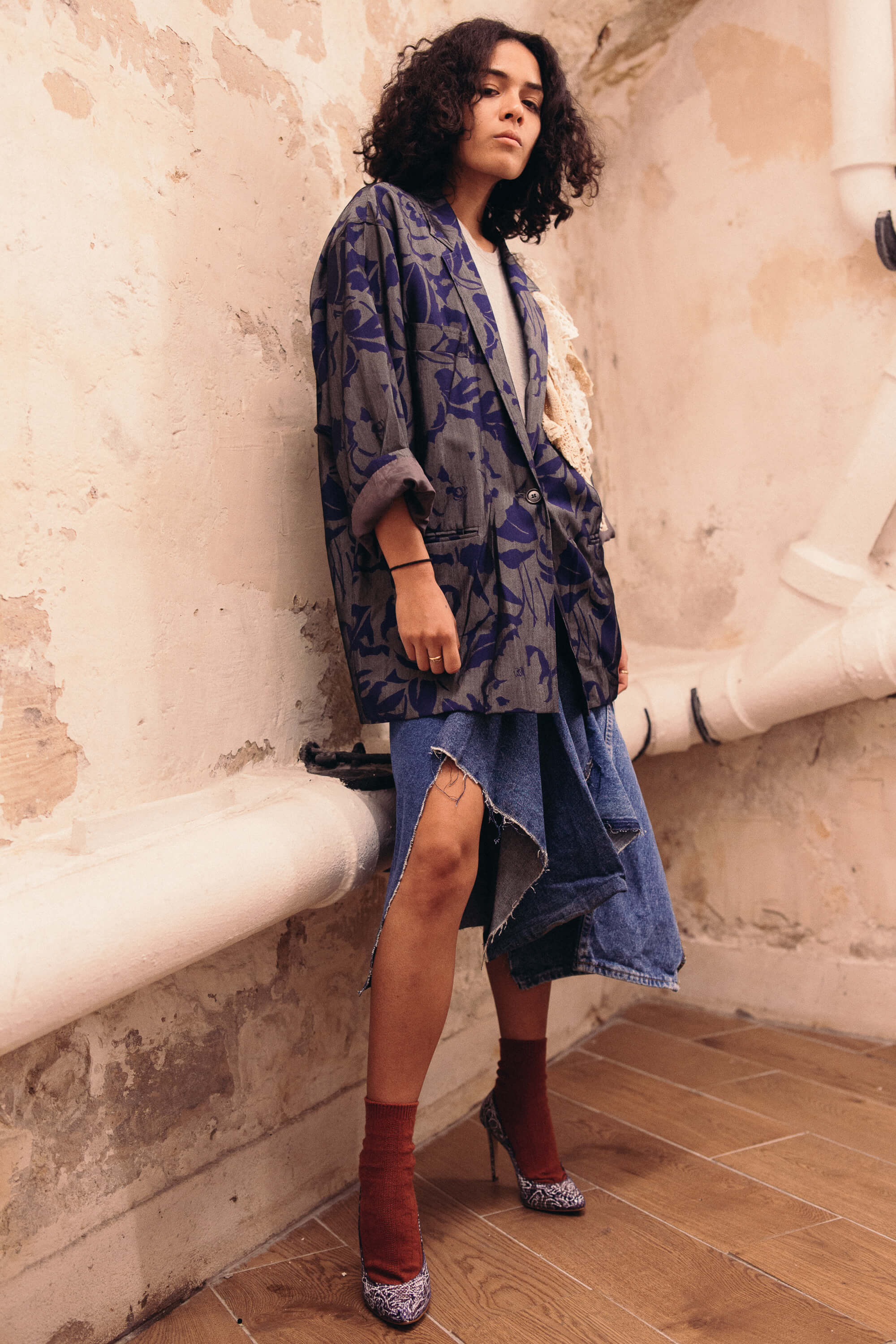

“I want to see my things moving, I do not color a canvas and simply leave it there, I want it to be felt.”
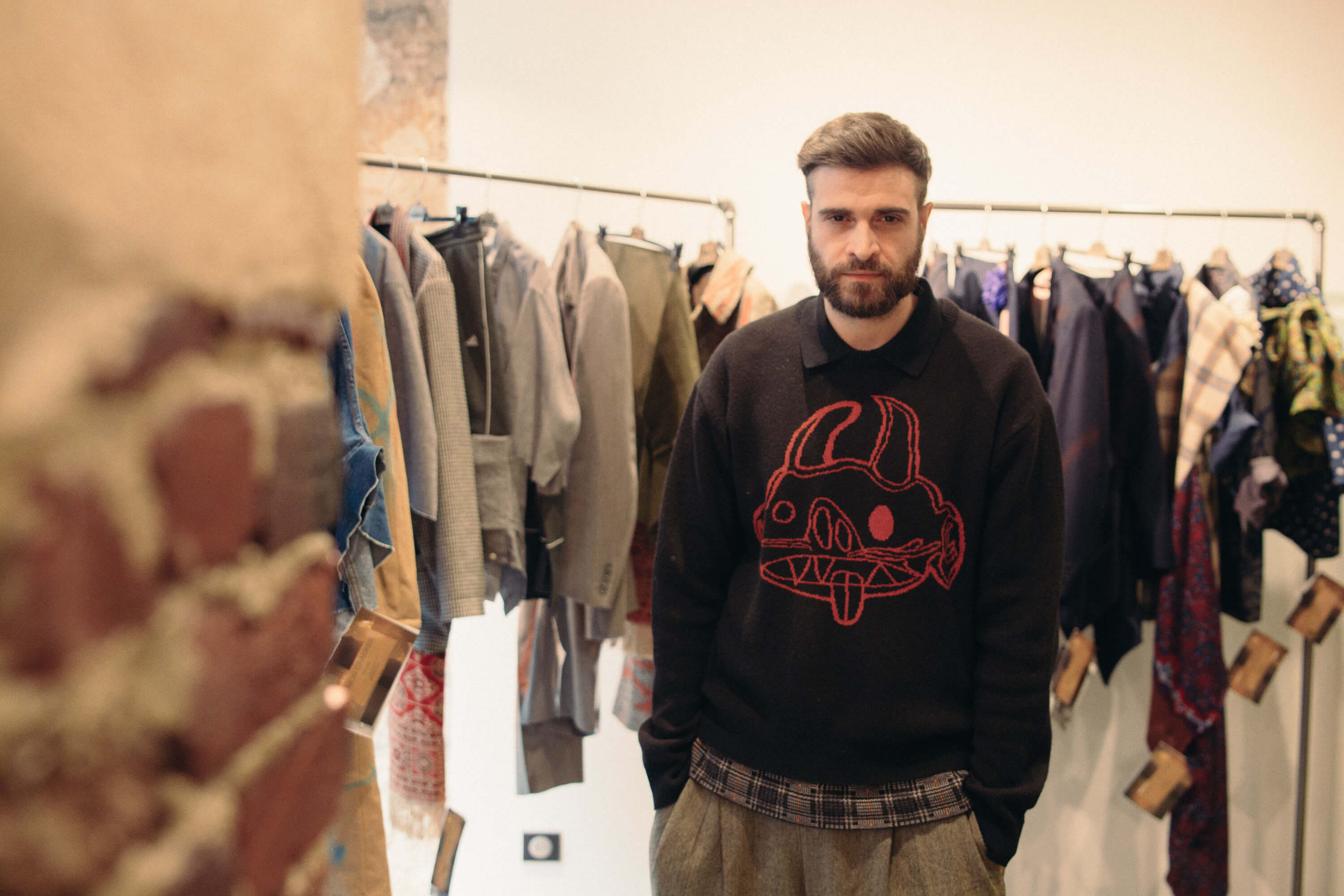
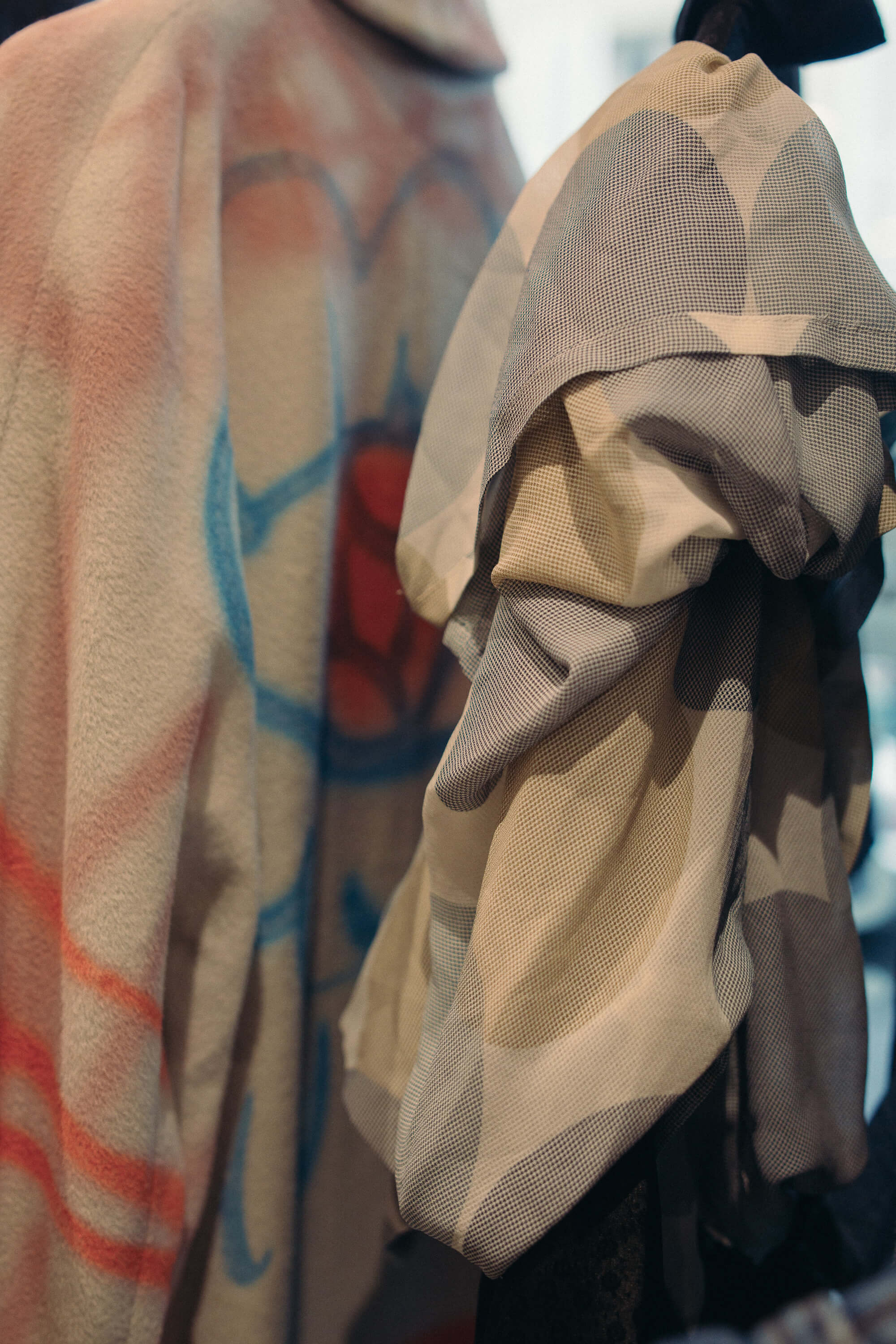
“Creativity never stops.”
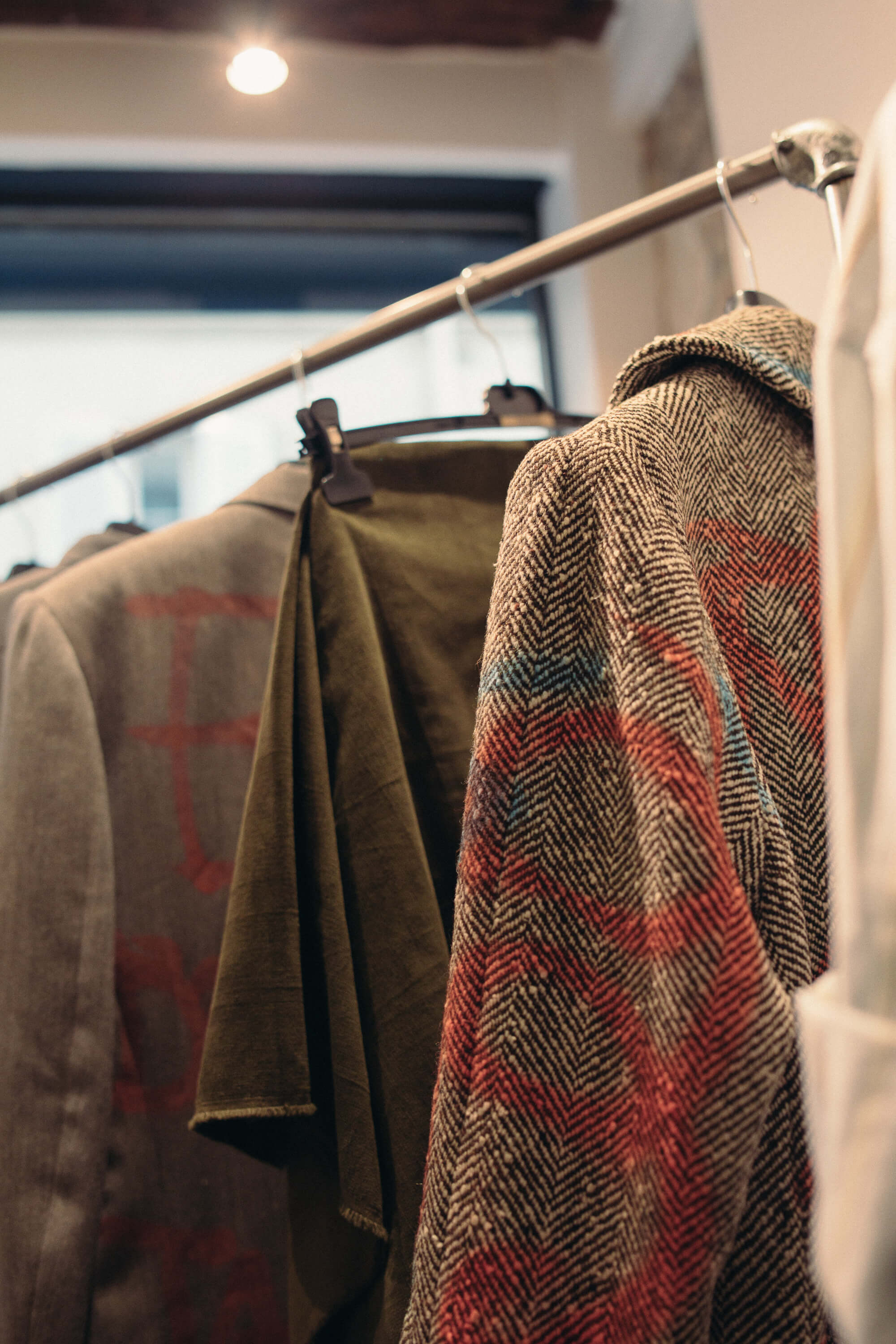
What can you tell us about your new collection?
_____
I have used graffiti again, which is something I’ve been doing for a while now a while, and I mixed the environment of the small provincial reality (inspired by the neighborhood where I grew up, Ponte Abbadesse) with that of the big city – a kind of meeting between the country boy and the city one. I like the gap between traditions, which represent the well-done things of the province, and the city, where everything runs fast and the fashion burns in two days. I wanted to convey this through classic garments.
You care a lot about sustainability: what change do you hope to see in this industry?
_____
Many people talk about it because it is a trend now, but I do it because they taught me to. I dedicated one of my first collections to my grandfather who used to recycle everything. I infuse into my work the values that I have been taught and my grandpa would never throw anything away: he accumulated so many things that you could fill a garage, I rather like cleaning up though.(laughs) I am very excited to reuse things if something did not work in a way, let’s give it a new life or another function because it could be successful. Things absorb new energies in this way, they become stronger.





“I am very excited to reuse things if something did not work in a way, let’s give it a new life or another function because it could be successful. Things absorb new energies in this way, they become stronger.”
How would you define fashion?
_____
I do not like fashion and not even the word (laughs), I feel far from what happens around me and from the trends – I know my goal and I stick with my ideas. They represent my vent: I am a very calm person and that’s the only way I know how to protest against something that is not good for me. It’s my way of crying because I don’t know how to cry: I can’t express emotion, whether it’s good or bad, except through my collections. For example, when I dedicated the collection to my grandfather, who, in the meantime, had died, I did not cry until I designed the first piece, before that I could not do it and then instead everything came out all at once.
You have done many collaborations, which one is your favorite?
_____
I liked the one with Kappa a lot. It was about shaking things up, everyone was expecting sportswear and I did tailoring suits. It amused me a lot: if you ask me to do something I’ll try to go in the opposite way. I’ve always tried to do everything streetwear but in that case, I took a step back. (laughs)



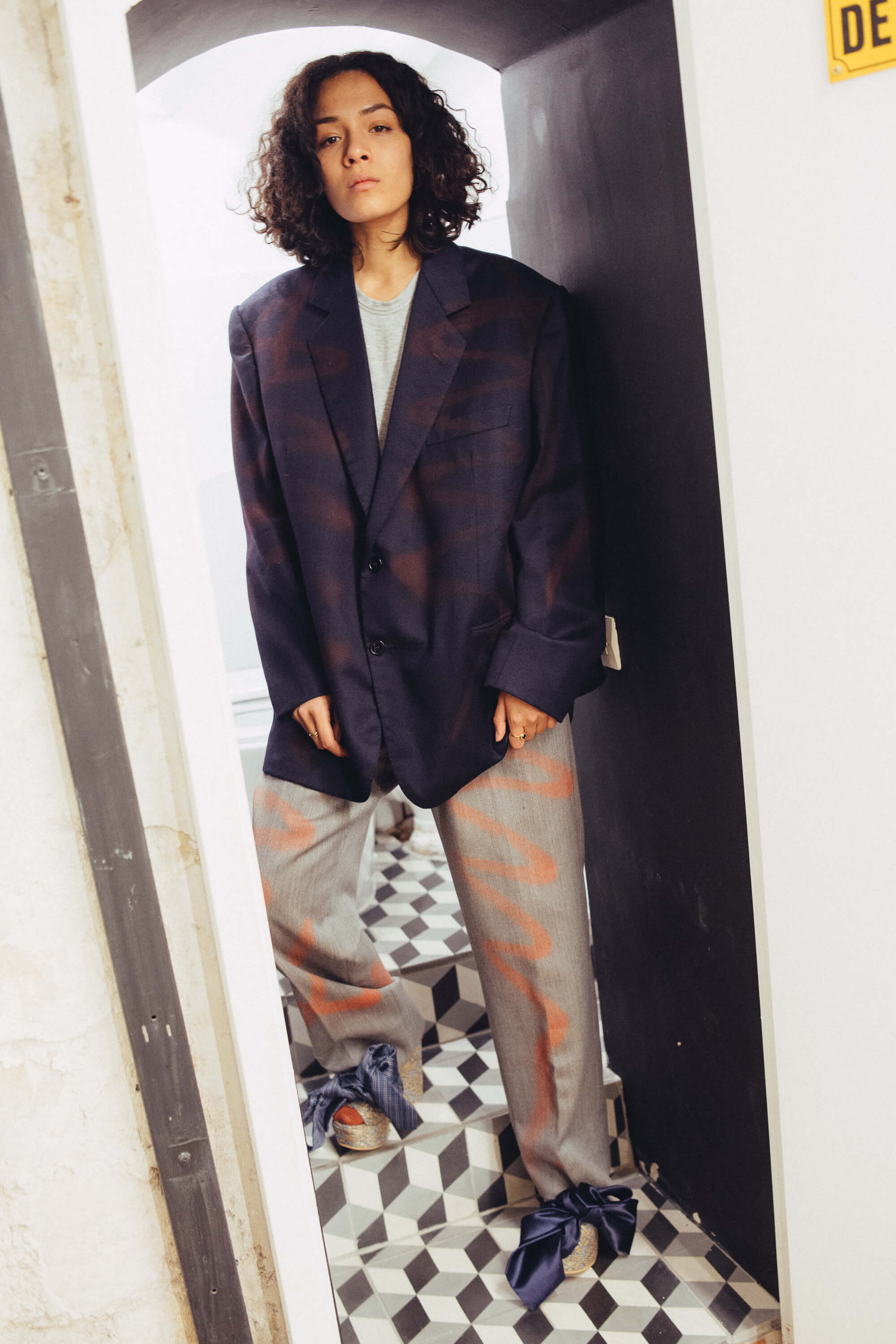
“I can’t express emotion, whether it’s good or bad, except through my collections.”

You’re even a stylist, what can you tell us about this work instead?
_____
I consider it an extension of what I do. When I make a selection of clothes I am very objective: usually, those who do this work remains stuck in their imagination but I find it limiting, by doing so instead I also understand how to deal with worlds completely different from mine. They are opposite things but they teach me so much, I do not want to ignore anything that happens around me.
A newspaper, for example, asked me to do an editorial about the meaning of dreams for me and I could have used only my brand while instead, I opted for a multi-brand editorial because I wanted to express the general concept. I also included my pieces but there were many other brands, especially emerging ones because I think the panorama does not stop with famous names, I do not want the industry to close the doors to the future. Let’s move on, we need change.
What’s in your future?
_____
I’m full of goals, I have everything written down so I won’t forget anything and I’m always positive, which is what has led me to where I am now. I have much demand from fashion week abroad and when I can I take part. There are many unknown but beautiful fashion weeks, even in Eastern Europe. In April, for example, I will be in Lithuania and then to another general fashion week of all Easters European Countries, we are still considering what to do because it is fresh news.

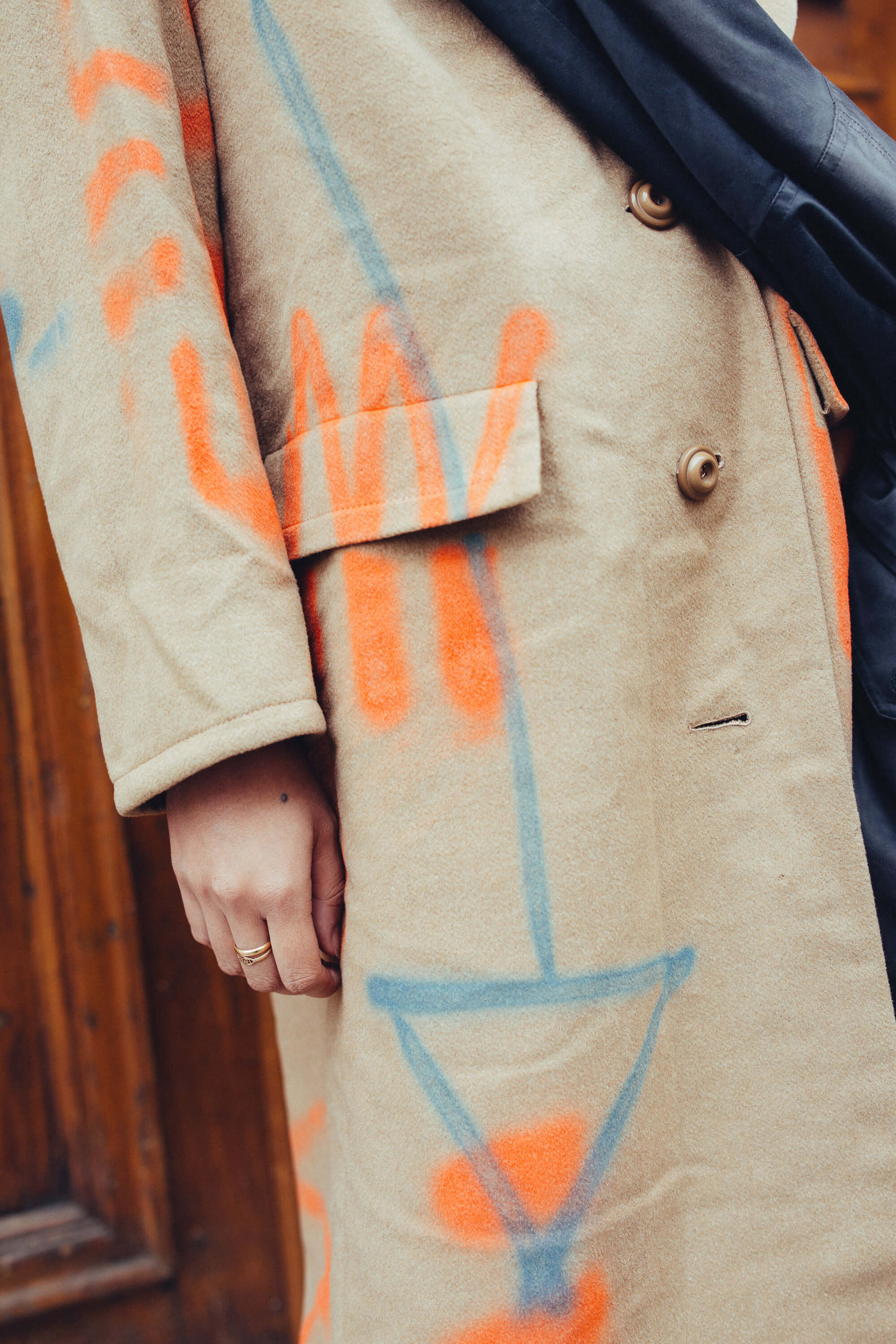
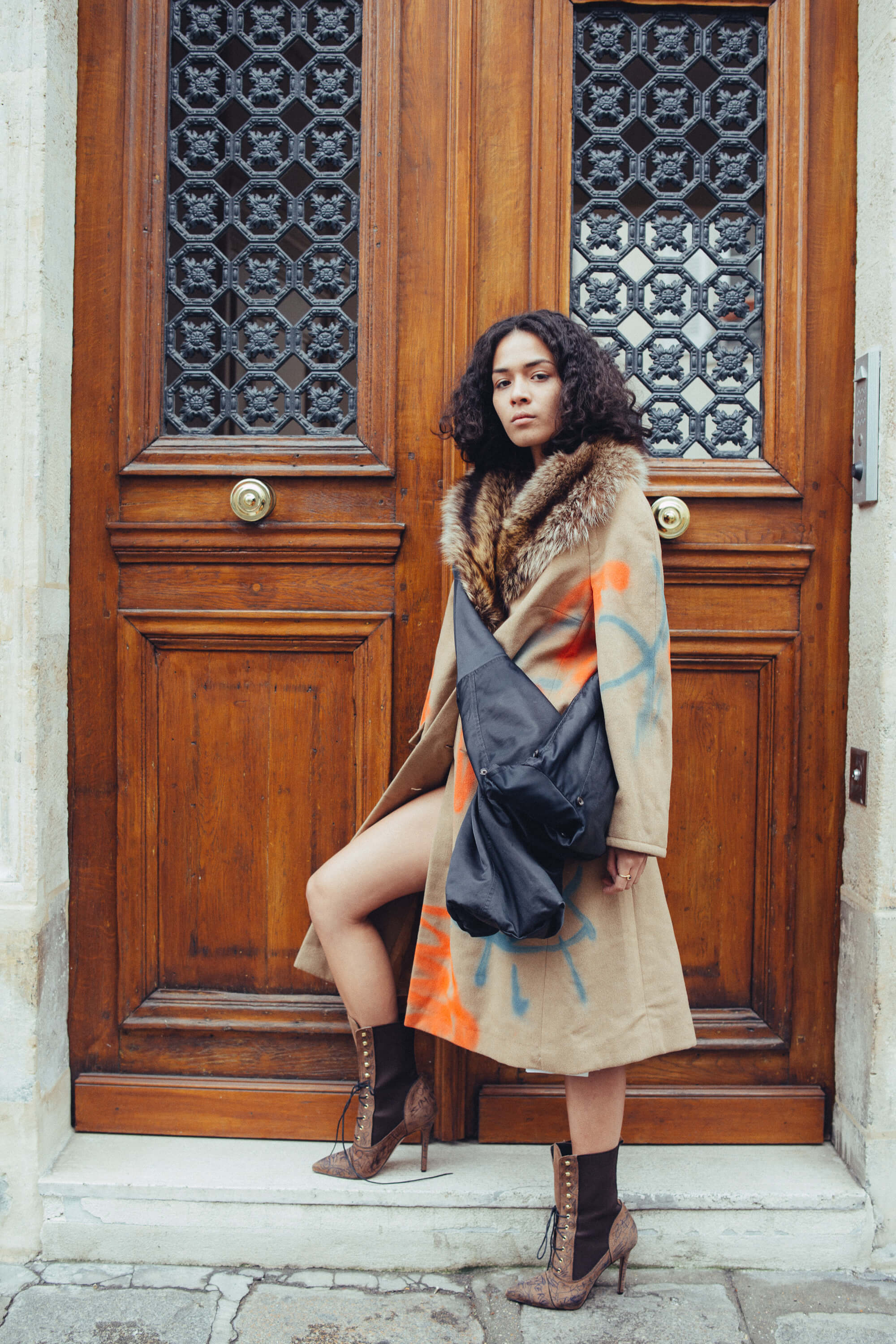
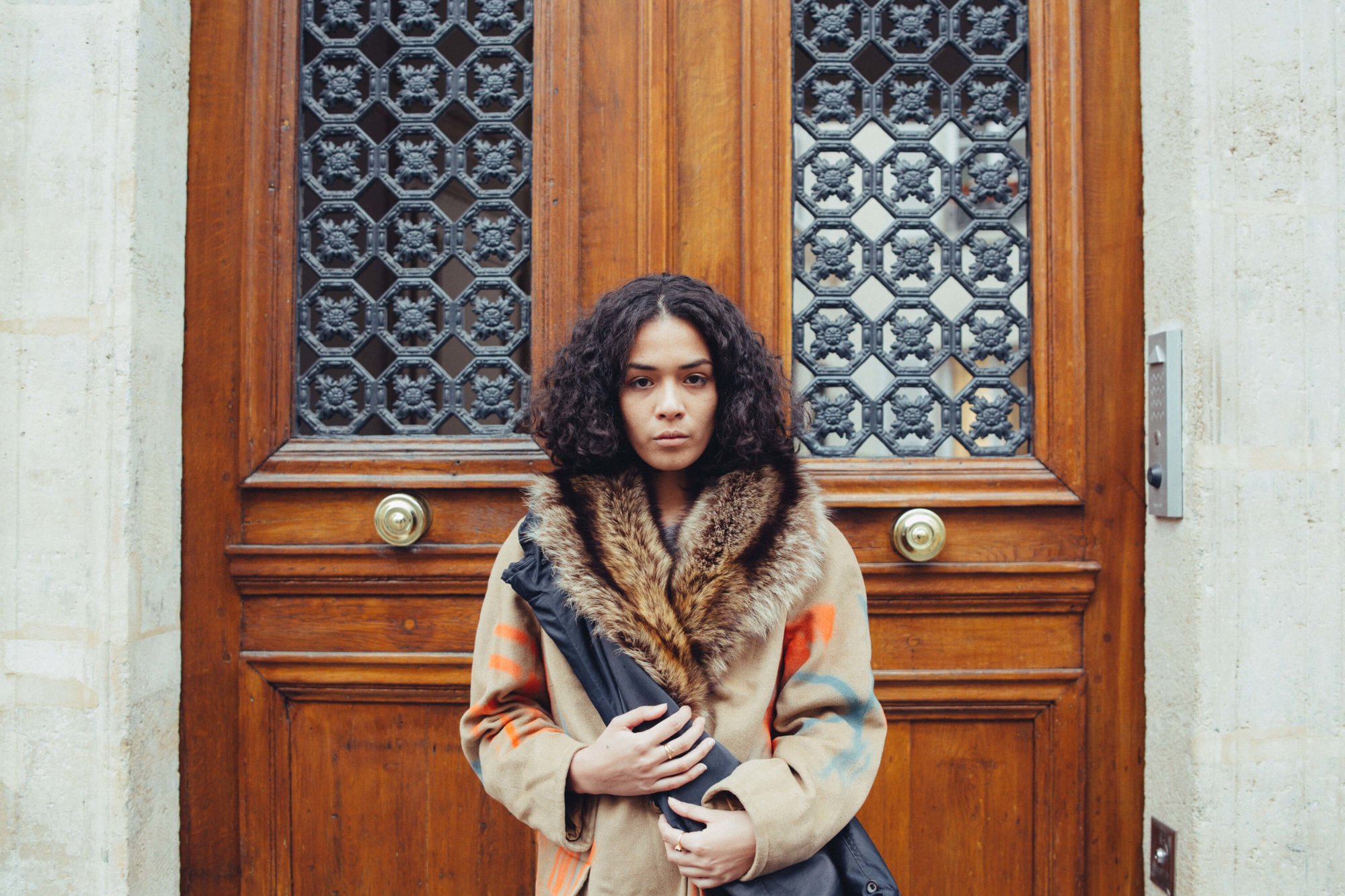

“I do not want the industry to close the doors to the future.”



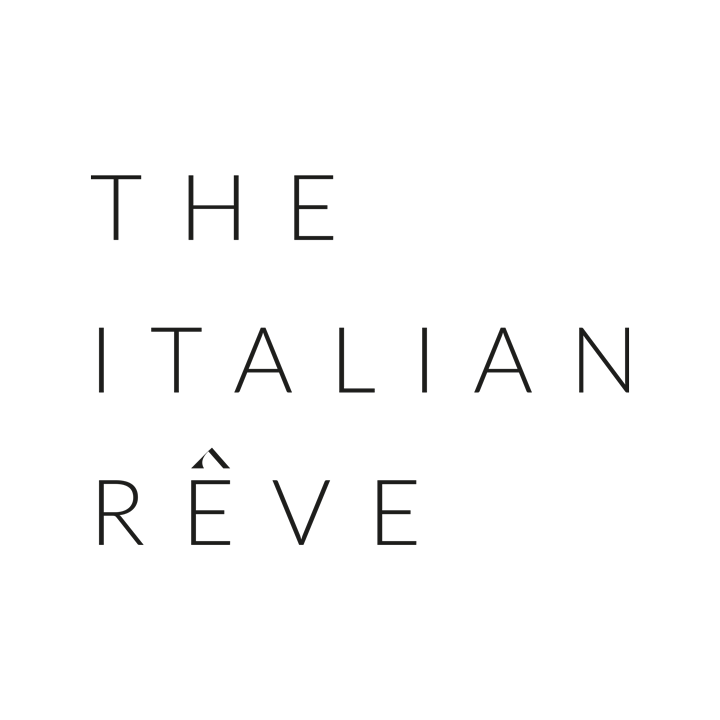
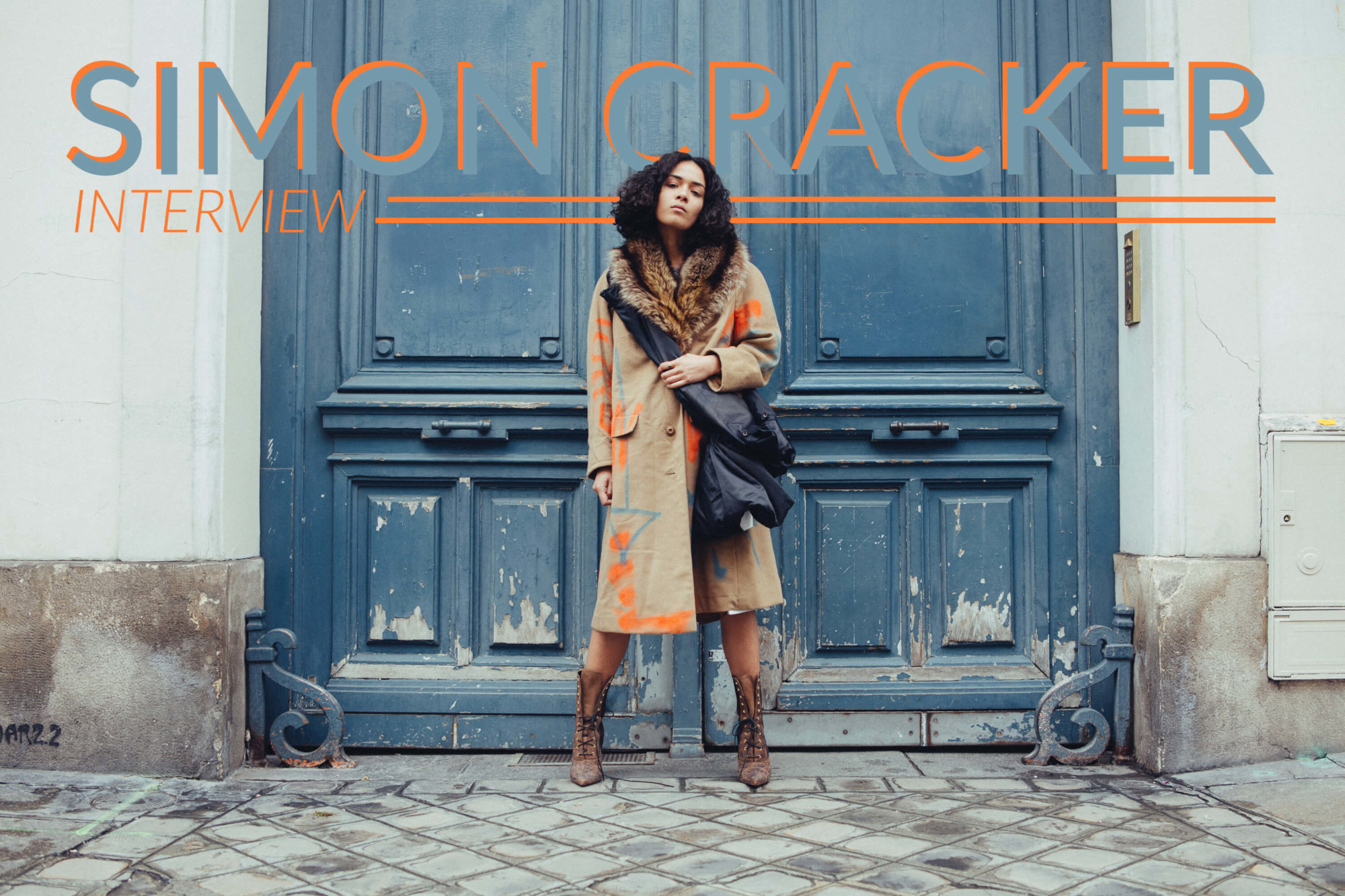
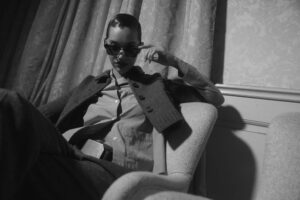
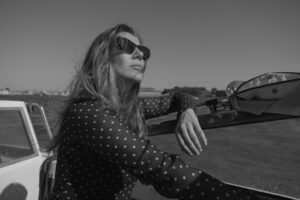
![Interview With Norbert Stumpfl [Executive Design Director of Brioni]: The Humanity of Creation](https://www.theitalianreve.com/wp-content/uploads/2023/06/EP_EDP_Essentiel_1-300x169.jpg)
